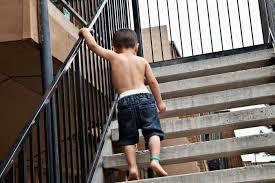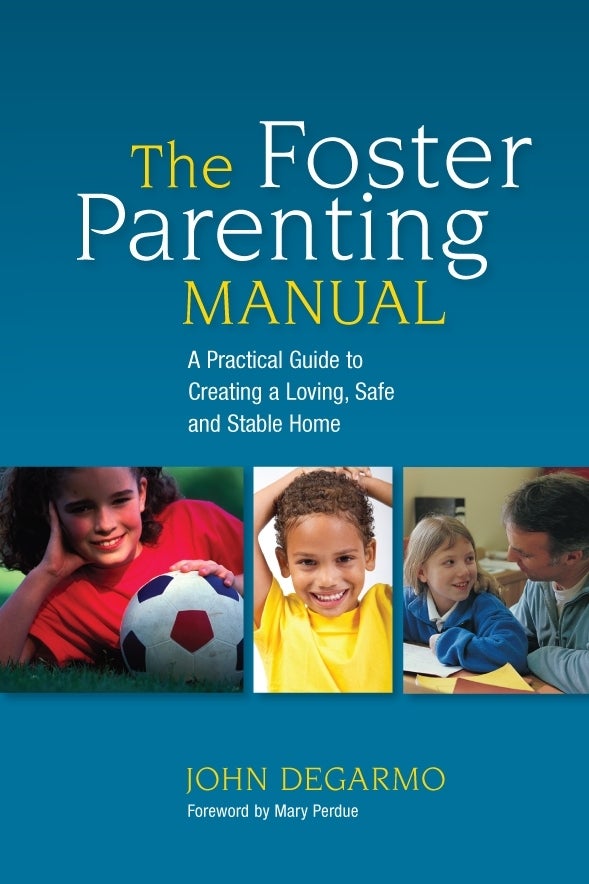
Heroin is unraveling families across the nation, and it is our children who are left as innocent victims of this drug and opioid epidemic.
Make no mistake; the heroin crisis in America is destroying our families. From 2000 to 2015 more than half a million people died from drug overdoses. Shockingly, 91 people in America die from an opioid overdose each day. The governor of Maryland Larry Hogan, declared a state of emergency in March of 2017, with plans of 50 million in new funding over the next five years, to combat the increasing problem. “We need to treat this crisis the exact same way we would treat any other state emergency,” Hogan said. “With this continuing threat increasing at such an alarming rate, we must allow for rapid coordination with our state and local emergency management teams.”
As more and more parents become addicted to heroin, and other opioids, thousands of more children are being placed into a foster care system throughout the nation; a system that is struggling to properly assist these children due to lack of resources, foster parents, and funding. “The heroin epidemic is forcing more kids into foster care, but in most states, funding can’t keep up with the need,” according to Lana Freeman and the National Foster Parent Association. “The states need more foster families, the workers need more resources, and parents need more services.”

With the increase in children being placed into foster care, the foster care system is struggling to keep up. With roughly 450,000 children in foster care across the nation, there are not enough foster homes, as foster care agencies face the challenge of recruitment and retention of foster parents. The end result is simply that there are not enough homes for children in need to be placed in, or a child is moved from one home to another.
“Recruiting new foster parents is always challenging, as most people foster for a season of their lives, rather than a lifetime,” said Kim Phagan-Hansel, editor of Fostering Families Today. “As an increasing number of children have entered the foster care system in recent years due to escalating drug use across the country, some states have struggled to recruit foster parents to keep pace with that demand. I think what you’ll see is that in some areas of the country they’re really struggling to address this latest drug epidemic and its impact on children and families.”
One of the reasons children are placed into foster care is due to parental drug abuse. According to the book Helping Foster Children in School: A Guide for Foster Parents, Social Workers, and Teachers, “those parents who abuse drugs and/or alcohol place their children in danger. This danger may result in neglect, physical abuse, or domestic violence.” Indeed, the larger number of children being placed into foster care, nationwide, is due much in part of an increase in parental drug usage and substance abuse, with Heroin use being the chief drug increasing among parents. Other substance abuse among parents include meth, cocaine and prescription medication abuse.

In Alaska, the heroin crisis is troubling. Chris Scott, the director of Royal Family Kids Camp in Anchorage , has seen the problem increase and become widespread in Alaska. “The number of kids in foster care has increased by 1000 kids in a year in the state of Alaska. It is believed that nearly all of them are in care because of substance abuse and the drug of choice being heroin. Heroin has no boundaries whether it is the big city of Anchorage or the little village of Eek. It is killing families.”
Yes, it is killing families.
And the foster care system is struggling to care for these thousands of children left behind as victims.
Dr. John DeGarmo is an international expert on foster care. He has been a foster parent for 15 years, now, and he and his wife have had over 50 children come through their home. He is a consultant to foster care agencies, child welfare organizations, and legal firms, as well as a speaker and trainer on many topics about the foster care system. He is the author of several foster care books, including The Foster Parenting Manual: A Practical Guide to Creating a Loving, Safe, and Stable Home, and writes for several publications. He can be contacted at drjohndegarmo@gmail.com, through his Facebook page, Dr. John DeGarmo, or at The Foster Care Institute.

